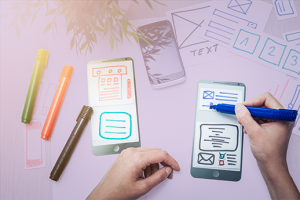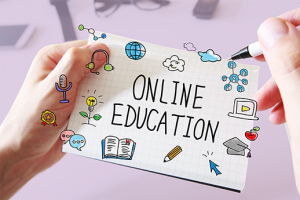Online teaching
Traditional teaching seems to have been left in the past, and with it, old, outdated techniques. These courses will introduce you to all the essentials you need to teach online, showing you a range of useful tools and methods to promote engagement through the screen.
Filter by topic
Filter by price
Active filters
-

Develop Your First Self-Paced Online Course
Price: 20,00 €Learn how to design, develop, and deliver self-paced courses that meet the needs of your learners.
-

The ABCs of Online Teaching
Price: 30,00 €Dive into the world of online teaching and unlock a wealth of knowledge to create engaging virtual learning experiences.
-

The Best Web Apps for Educational Quizzes
Price: 30,00 €Design quizzes that are engaging and informative for your students.
-

7 Microsoft Programs for Online Education
Price: 20,00 €Master tips and tricks for using these programs to save time and create engaging educational content.
-

Differentiating Instruction: Meeting your Students’ Needs
Price: 30,00 €Learn how to adapt your teaching to the diverse needs of your students with practical strategies and tools.
